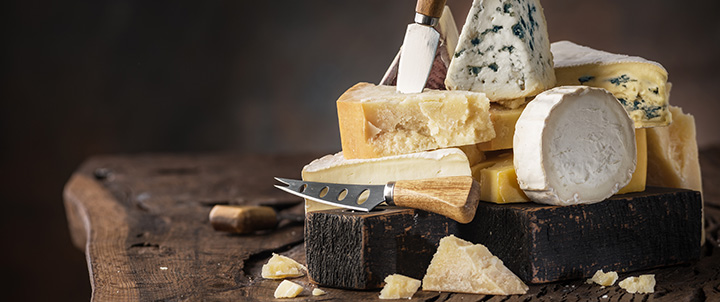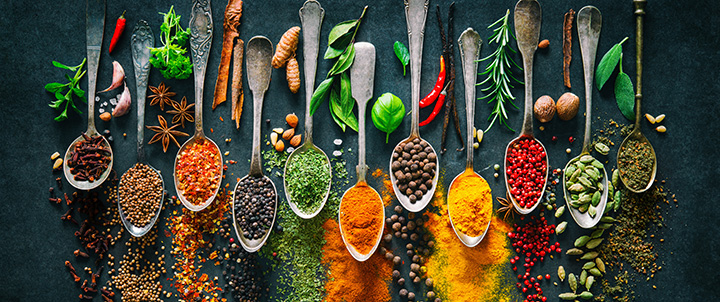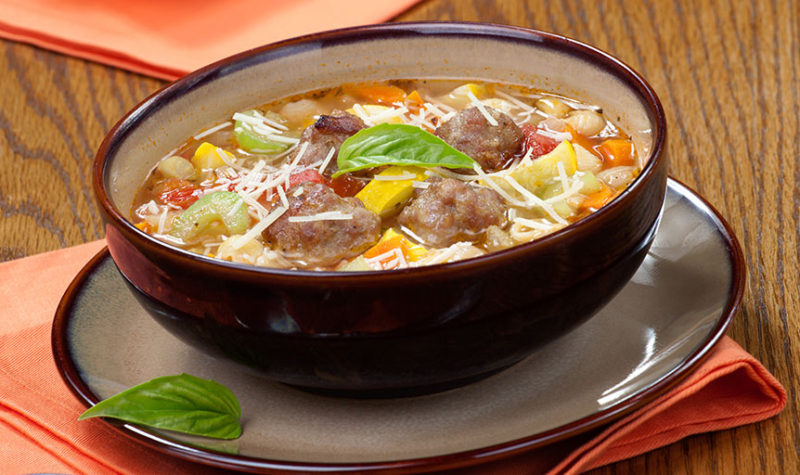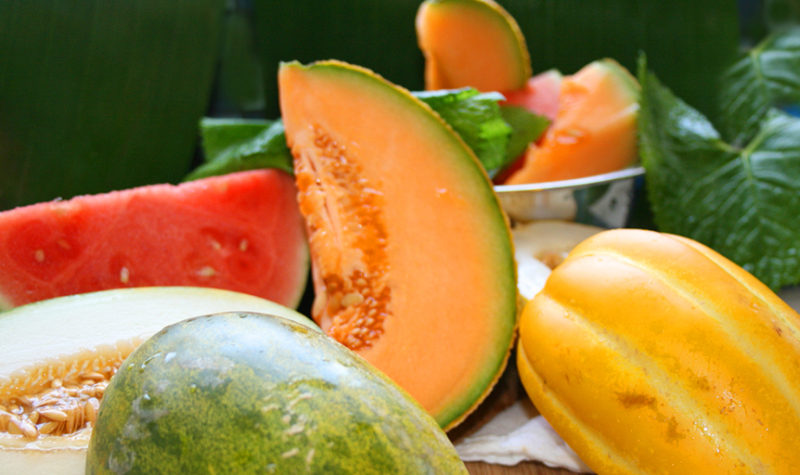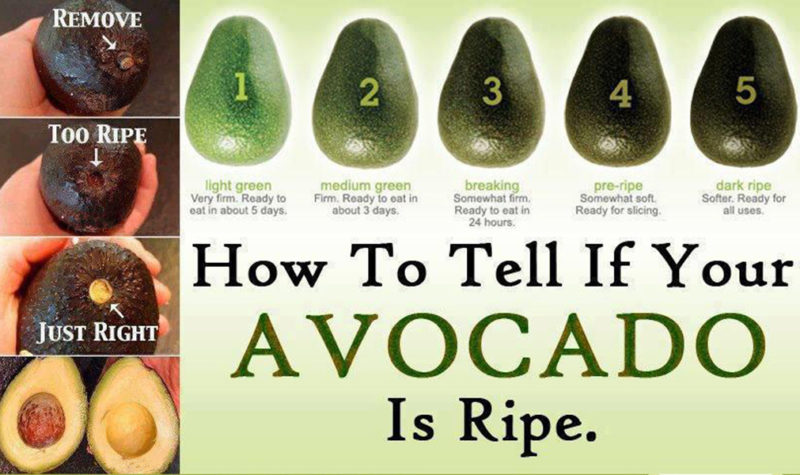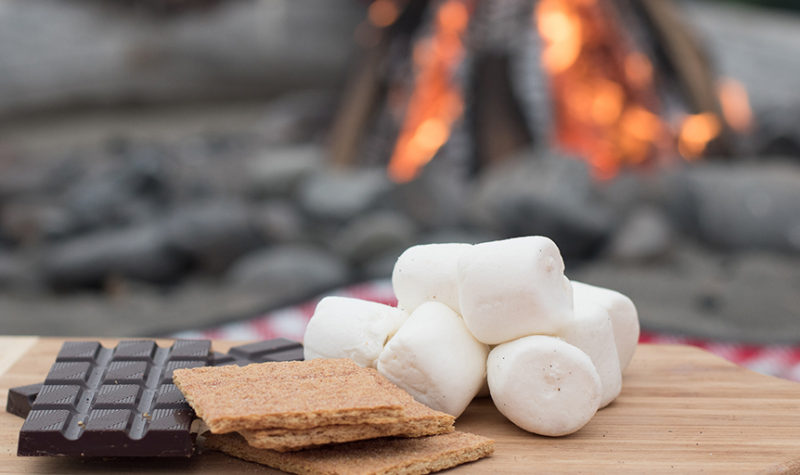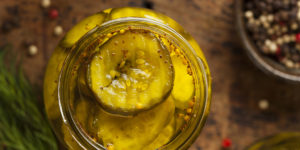Wine and cheese pairing possibilities are endless. Wine and cheese are two of life’s great culinary pleasures, and finding the perfect match can be a delicious endeavor. As with any wine and food pairing, there are a number of considerations, such as texture, acidity, fat and tannin.
Pair crisp, acidic whites like Sauvignon Blanc and Pinot Grigio with soft, young cheeses such as goat cheese and mozzarella.
Full-bodied, buttery whites like Chardonnay complement sharp, semi-hard cheeses like Asiago and cheddar.
Light-bodied red wines traditionally accompany soft, milder-flavored cheeses. Consider Pinot Noir with Gouda.
Savory, fruit-forward wines like Merlot are a good choice for smoked cheeses.
Sweeter wines like Riesling or Malvasia are a pleasing contrast to most bleu cheeses (which also pair well with fruit-forward red wines such as Zinfandel).
Sparkling wines balance Creamy Brie and Camembert.
| Cheese | White Wines | Red Wines |
|---|---|---|
| Asiago | Prosecco, Pinot Grigio, Sauvignon Blanc | Chianti, Cabernet Sauvignon |
| Cheddar, Aged | Cabernet Sauvignon | |
| Fondue | Reisling | |
| Goat Cheese | Sauvignon Blanc | |
| Gouda, Smoked | Syrah | |
| Gruyère | Pinot Noir | |
| Manchego | Grenache | |
| Stilton | Port | |
| Triple Cream | Chardonnay | |
| Beaufort | Syrah, Cabernet Sauvignon | |
| Bleu | Reisling, Sauterne | Meritage, Port |
| Brie | Chardonnay, Chablis, Champagne, Rosé | |
| Bucheron | Sauvignon Blanc | |
| Burrata | Pinot Grigio | Chianti, Sangiovese |
| Cambozola | Reisling, Chardonnay | Zinfandel |
| Camembert | Rosé, Sauvignon Blanc, Chardonnay | Beaujolais, Cabernet Franc |
| Cheddar | Sauvignon Blanc | Cabernet Sauvignon, Rioja |
| Chevre | Sauvignon Blanc, Champagne, Gewurztraminer |

